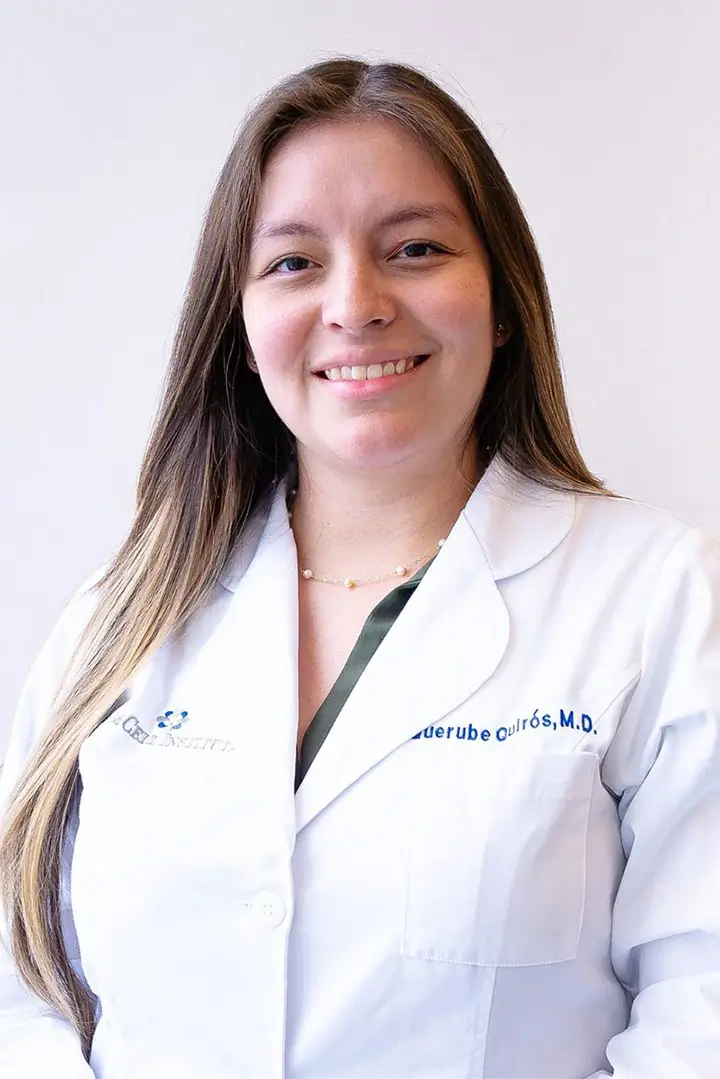Recent breakthroughs in stem cell research have produced embryonic stem cells from non-controversial adult skin cells. These same scientists are now being funded by a Japanese government agency which has decided to forge ahead with stem cell research.
Human embryos, aborted fetuses, and adult stem cells made up the only three options for stem cell research. But that is no longer the case.
After the scientists reported their amazing discovery of being able to create stem cells from human skin cells, a mere 2 weeks passed before the decision was made by the Japan Science and Technology Agency to release the funds.
Due to the fact that scientists will no longer need to create and destroy an embryo in order to extract stem cells, critics of stem cell research should tone down their protesting due to this discovery.
The cells can be used to treat many different parts of a person’s body depending on their injury or medical disease/condition. The fact that they can be converted into many different types of cell tissue after they are extracted makes the discovery particularly amazing.
The cells were converted to an embryo like state by injecting them with genes. Skin cells from the foreskin of a newborn and normal skin cells from a 36 year old woman’s face were utilized by the Japanese and U.S. research teams. Cartilage, fat, muscle, brain, and heart cells were among those that were created from the skin cells.
In order to determine if the newly programmed stem cells actually are what they appear to be more studies will be required say both research teams.
A shout has been echoing around the world due to the breakthrough.
“We’re on the way now,” said Dr. Michael Creer, director of laboratory medicine at St. Louis University and former director of the St. Louis Cord Blood Bank. “The opportunities are expanding enormously. What we think might work today could well change in the next few months … We still don’t fully understand or appreciate what is possible.”
Many people are jumping up and down with excitement with the possibility of finding treatments and cures for diseases or conditions that currently have limited treatment options. Experts say that the work is far from finished.
“People have to understand that we’re not ‘there’ yet,” said Dr. Steve Teitelbaum, a Washington University pathologist.
Significant treatments have already resulted from stem cell research. Certain eye conditions, cancer, and diabetes are among the conditions which are currently treatable using adult stem cells.

